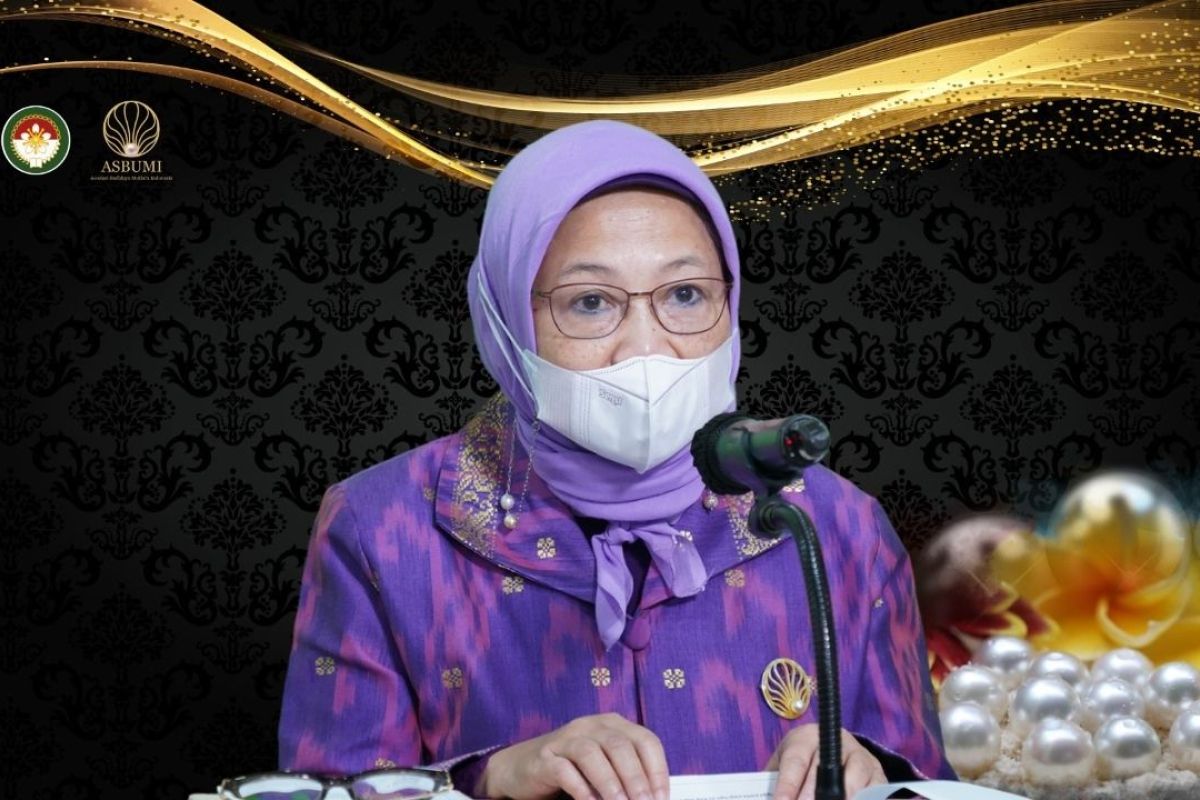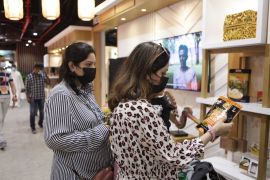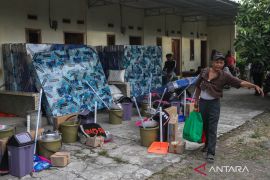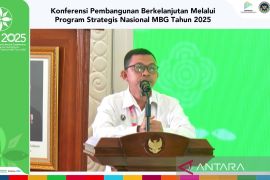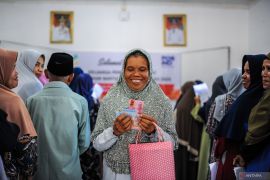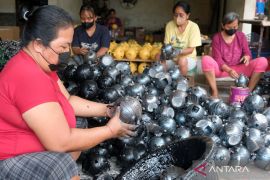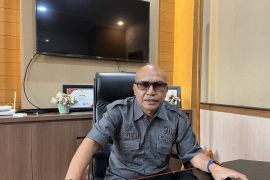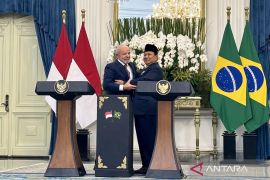The size of (ISSP) is larger, which is between 9-17 mm, with the color ranging from white, silver, to gold, so it is very popular in foreign marketsJakarta (ANTARA) - The Ministry of Marine Affairs and Fisheries, here on Wednesday, called for accentuating the qualities of Indonesian south sea pearl (ISSP) in order to boost its image as one of the national marine products.
"The size of (ISSP) is larger, which is between 9-17 mm, with the color ranging from white, silver, to gold, so it is very popular in foreign markets," Director General of Strengthening the Competitiveness of Marine and Fishery Products at the ministry Artati Widiarti explained.
Widiarti noted that during the 2017-2021 period, fluctuations were recorded in Indonesia's pearl exports, from US$51.4 million in 2017 and declined to US$44.4 million in 2021, according to data of Indonesian Statistics.
On the other hand, Widiarti affirmed that the ISSP is generally traded in the form of loose pearls and pieces of jewelry through auctions in both domestic and international markets, mainly in Japan, Hong Kong, and Australia.
Currently, she said, loose pearls of ISSP were priced at around US$15-25 per gr.
Related news: Ministry trains Serang people in Advanced Fishermen Village Program
"Pearl cultivation centers are spread across Bali, West Nusa Tenggara, East Nusa Tenggara, North Sulawesi, Southeast Sulawesi, Maluku, North Maluku, and Papua provinces," Widiarti stated.
Widiarti also invited various communities to help popularize ISSP, as pearls are one of Indonesia's marine resources that contribute to the country's foreign exchange.
"Let us all strengthen the branding of Indonesian south sea pearls, so they are not inferior to those of Australia, the Philippines, and Myanmar in the global market," she explained.
Related news: Ministry to develop two 50-metre fisheries surveillance ships
Meanwhile, the Downstreaming Division Chairperson of the Indonesian Pearl Cultivation Association (Asbumi), Fara Nasution, shared tips on distinguishing real pearls from the fake ones.
Nasution introduced the 3M technique: burning, scratching, and rubbing to check the authenticity and quality of pearls.
"If there is no change when it is burned, then it is real. If it is scratched and rubbed with hands, and it is still smooth, then it is also real," Nasution stated.
Related news: Vacationing at Gili Trawangan "Party Island" of Lombok
Related news: COVID-19 symptomatic people must avoid tarawih at mosques: Task Force
Translator: M Rahman, Kenzu T
Editor: Fardah Assegaf
Copyright © ANTARA 2022
